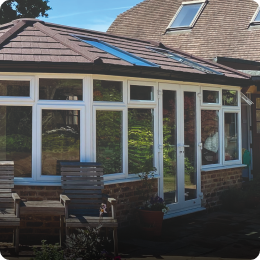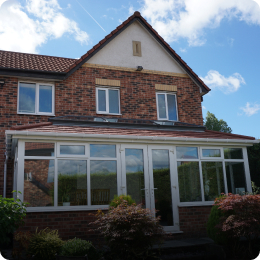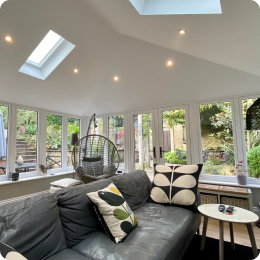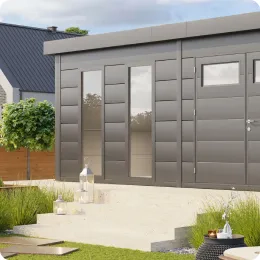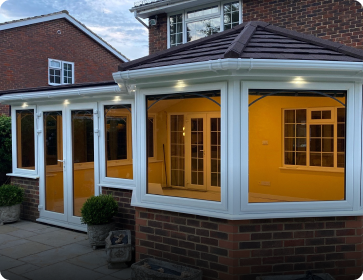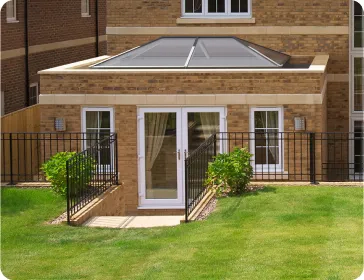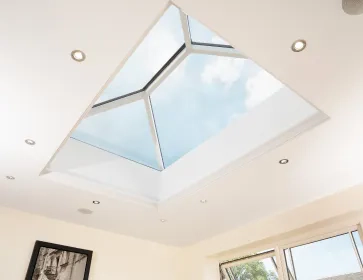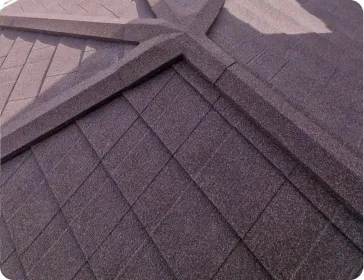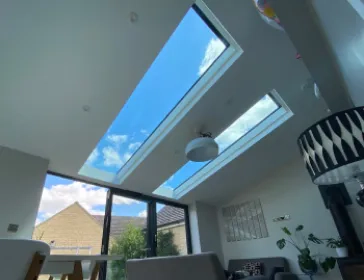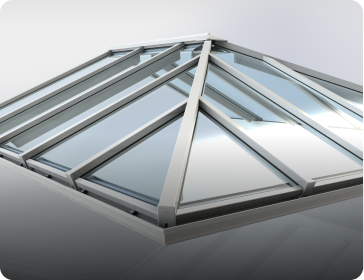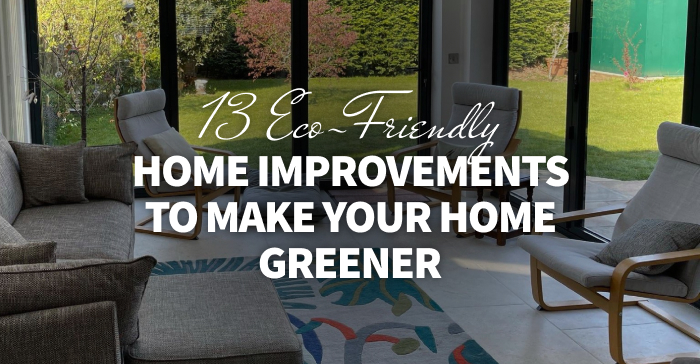
Global warming and climate change are becoming increasingly pressing issues. We all have a responsibility to protect the environment through changes in our behaviour. One of the most impactful ways to protect the environment is through eco-friendly home improvements.
Some surveys have suggested we spend as much as 62% of our time at home – a figure that has likely risen as so many people work from home now. During that time we use electricity, heating and water. Making our homes more green cuts down energy usage, which is good for the environment and for your bank account. So how can houses be made eco-friendly?
How do I Make My Home Green?
We’ve included a range of ideas to make your home more eco-friendly, from small, budget-friendly changes to projects that will have a big impact.
1. Buy Second Hand Furniture

Most second hand furniture is still in good condition and has only been sold because the homeowner is redecorating. Buying second hand is more eco-friendly because it means that a new piece of furniture does not need to be made. That reduces pollution from production and prevents a perfectly good piece of furniture ending up in landfill.
You can buy second hand furniture at your local charity shop, on Facebook Marketplace, eBay, Gumtree and so on. Don’t forget to check out your local car boot sale too, you can find some real hidden gems there! So skip Ikea and head down to your local charity shop instead.
2. Install Double or Triple Glazed Windows

Windows are a major source of heat loss in the home. Single pane glass is a poor thermal insulator, as heat travels through it easily. That means it lets the heat from your home out and allows the cold to get in.
Double or triple glazed windows create an air gap that insulates against heat transfer between the inside and out. Because air can’t circulate in the narrow gap between the panes, the temperature can’t be transferred between your home and outside.
Installing double glazed windows makes your home more eco-friendly, because you don’t have to keep the heating on all the time. That reduces energy use and pollution. It also helps you save money on your heating bills, so it’s a win-win!
3. Window Seal Replacement

If replacing your windows is too expensive, there are other ways you can make them more thermally efficient. One way to do this is replacing broken or warped window seals.
Window seals are the bit of plastic that run around the edge of your windows. If your seal breaks, you may start to feel cold draughts blowing through the window. Replacing your window seals is a relatively quick, easy job that shouldn’t be too expensive.
4. Upgrade Your Conservatory Roof

The conservatory is another major source of heat loss in the home. In years gone past, tradesmen would build conservatories using cheap, shoddy roofs. This offered very little insulation and allowed heat to travel freely between your conservatory and outdoors.
Upgrade to a tiled conservatory roof and make your conservatory more thermally efficient. The SupaLite Tiled Conservatory Roof has over 160mm of insulation, which will keep heat in during winter so you don’t have to keep heaters on. That will again reduce energy usage, thereby reducing pollution.
Here at SupaLite, we’ve been helping make homes go green long before it became a buzzword. If you’d like to make your home more energy efficient, request a quote today.
5. Insulate Your Home

One of the most effective ways to make your home more eco-friendly is insulation. Insulation is the addition of material between a property’s walls or roof to stop heat escaping from the home. Whilst many modern homes do now have insulation, you can always improve it by adding more or better quality insulation.
Insulating your home is a big job and we’d recommend getting a professional to do it. However, there are some types of insulation that you can do yourself, like loft insulation. Just make sure you follow instructions and wear the appropriate safety gear.
6. Install Solar Panels

Solar panels are a great source of renewable energy, which convert sunlight into electricity. This allows you to generate your own pollution-free electricity, instead of paying for it from oil or gas powered sources.
Solar panels are expensive, but once installed act as your own personal source of electricity. You can even buy accompanying batteries to store energy you don’t use for a later date. That means the sun can still power your home even when it’s not shining.
7. Install Smart Thermostats

Smart thermostats allow you to control the temperature of your home from anywhere. They connect to your boiler using WiFi, so you can adjust the temperature remotely. That means if you’re at work and you forgot to turn the heating off, you can simply turn it off from your phone. It’s a small change that can help you save energy and be more environmentally friendly.
8. Install a Gas or Electric Fire

Did you know an electric fire is 100% energy efficient, with no heat lost? A good gas fire is even 90% efficient. But popular woodburners or open fires can lose between 20 and 40% of heat up the chimney, as well as emitting serious pollution. If you want to make your home more eco-friendly, you should consider installing a gas or electric fire instead.
9. Buy Energy Efficient Appliances

We’ve all seen the energy ratings, but what do they actually mean? Appliances are tested for energy efficiency and rated ‘A’ to ‘G’. A rating of ‘A’ is the most efficient and ‘G’ the least efficient. It is used for all sorts of home appliances, including refrigerators, washing machines and dishwashers.
Buying an energy efficient appliance means it only consumes the energy it needs to run. Over a year, this can add up to some serious savings on electric bills. Just imagine how many hours your fridge, washing machine and dishwasher are used in one year. A lot. This saves a lot of energy from being wasted too, producing unnecessary pollution.
10. Use Energy Efficient Light Bulbs

Energy efficient light bulbs are another small thing you can do to make your home more green. Like energy efficient appliances, they need less electricity to run. By reducing the amount of electricity used, you are also cutting down on the amount of pollution produced at electricity plants.
11. Use Low VOC Paint

If you’re redecorating your home, make sure you use a low VOC paint. VOC stands for Volatile Organic Compounds, which can become toxic vapors and gasses. These are not only toxic to the environment, but pose a threat to human health as well. Check that paint is low VOC before you buy.
12. Install Rainwater Harvesting System

In the UK, we’re not short on rain. It’s about time we start making use out of it! A rainwater harvesting system attaches to your guttering and stores the water runoff in a tank. You can then use this to water your plants in the summer, cutting down on mains water usage (and bills).
If you have the money, you can install a more sophisticated system that integrates into your home plumbing. It will then use this water to flush toilets or run the washing machine.
13. Donate or Reuse Unwanted Items

If you’re redecorating, try to upcycle your existing furniture and decorations instead of buying new ones. Reupholster chairs to match your new colour scheme. Spray paint photo frames. Dye cushions. This will be cheaper than buying new furnishings too.
If you do decide to replace some items, sell or donate them wherever possible. You can list items on selling sites like eBay or Gumtree, as well as Facebook Marketplace. You could also donate them to a charity instead. Some charities like the British Heart Foundation will even collect furniture from your home. Selling or donating items extends their product lifecycle and prevents them from ending up in landfill.
We hope this has given you some ideas about how houses can be made eco-friendly. We have included simple, budget-friendly actions that everyone can do like switching to energy efficient bulbs. We have also included larger projects, which will have a bigger impact on your home and the environment. A lot of our ideas not only protect the environment, but help you to save money too. That’s even more of an incentive for you to do them!

